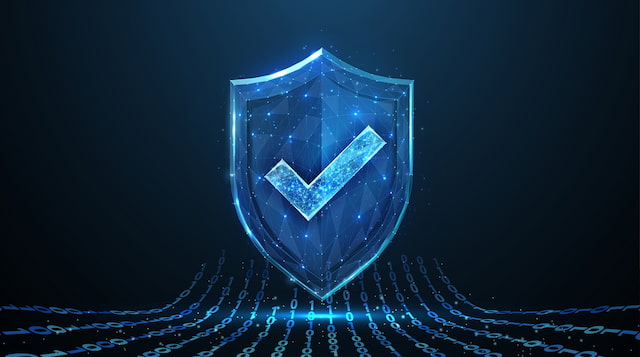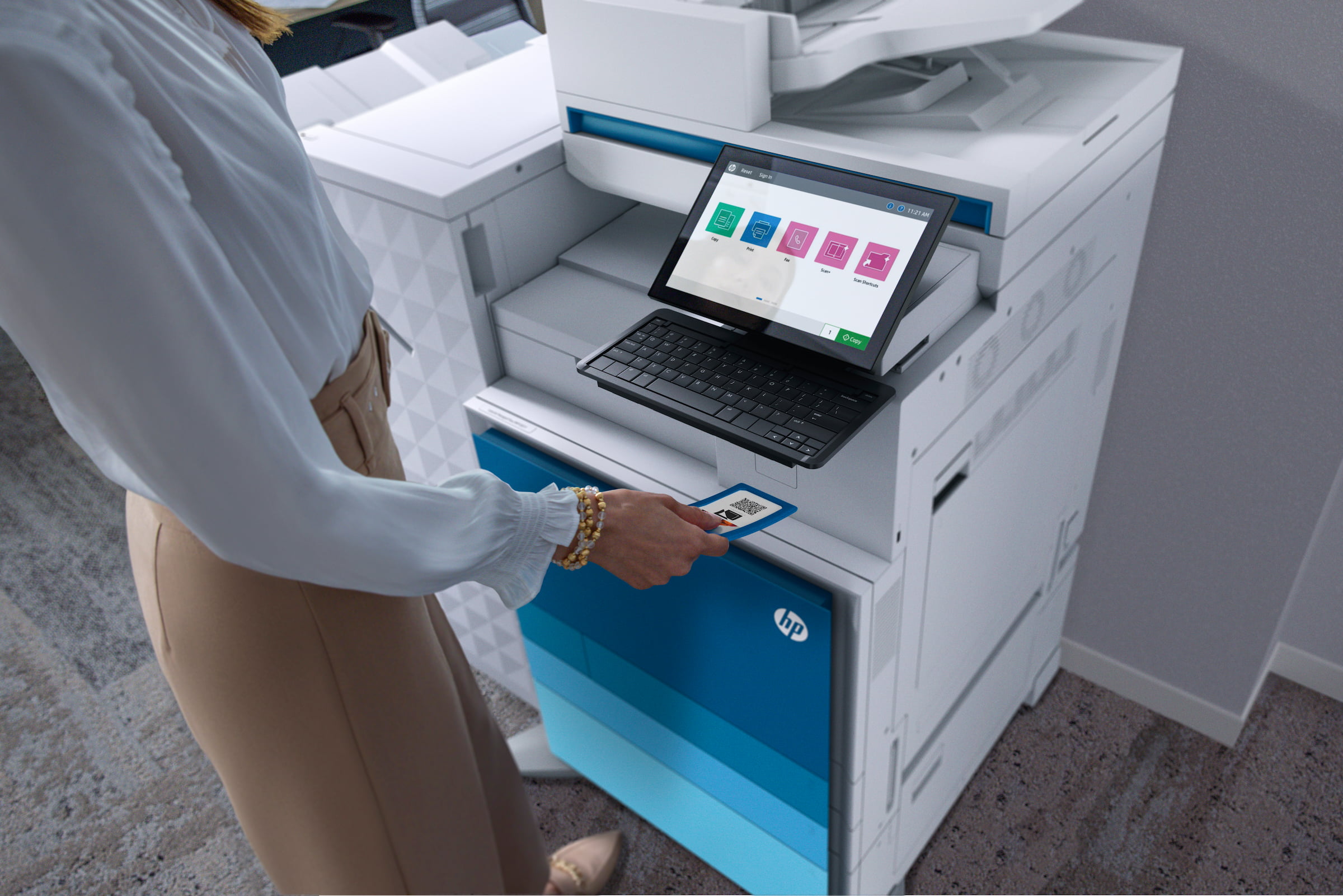
How does Business Process Automation work?
29 November 2024
Four ways to streamline costs under National Insurance policy changes
12 December 2024
How does Business Process Automation work?
29 November 2024
Four ways to streamline costs under National Insurance policy changes
12 December 2024
How to Prevent Cyber Attacks
Worried about cyber security? This blog is a comprehensive guide to the types of cyberattacks your company is vulnerable to and how to prevent them. Read on.

Cyber security is an enormous, and escalating, concern for businesses all around the world - the shift to storing sensitive information online is an overall positive one, but businesses that attempt digital transformation without strong cyber security are leaving themselves vulnerable to threats.
Fortunately, if you’re determined to make cyber security your next priority, there are many measures you can take to improve your information management to keep everything your business values safe and secure.
In this blog, we will introduce you to the many different types of cyber attacks you should be prepared for, how to prevent cyberattacks, and the services Apogee offer to strengthen your cyber security.
Skip ahead to the sections that interests you:
What is a cyber attack?
A cyber attack is a deliberate exploitation of your systems and/or network to steal data or disable devices.
Whether it’s a law firm with sensitive client information at stake, or a school required to protect the information of its students, compliance and data security is important across a range of sectors.
Many businesses have not updated their cyber security to stay up-to-date in an increasingly digital working landscape, and thus are more vulnerable to cyber attacks than ever. Endpoint security is commonly used, for instance, but this is not enough to protect hybrid workers from cybercrime.

Types of Cyber Attacks
As technology, and its users, have become more sophisticated, so have the attackers attempting to exploit them. Nowadays, there is a broad range of different cyber attack types that businesses ought to watch out for. Here are some examples:
Phishing
With phishing, cybercriminals deceive their victims through channels like email, aiming to gain access to their systems and steal personal information. For example, your employees may receive suspicious emails from the CEO or other key decision makers, requesting money or an important file.
Malware
Malware is malicious software which, if installed on a device and allowed to run, can cause harm to the device. It could allow cyber attackers to steal or delete data, gain access to your organisation’s systems, and so much more. There are different types of malware, including ransomware and spyware. If you have a malware problem you may notice a lot of pop ups, or that the device is running much slower than normal or crashing a lot.
Password Sniffing
Sniffing attacks are focused on cyber attackers finding and collecting pockets of data using dedicated software - with password sniffing, the attacker will use a password-cracking program to gain access to your devices and accounts. This type of cyber security attack can be hard to spot, so encrypting your data properly is the key to avoiding a sniffing attack from affecting you.
Website Defacement
A website defacement attack involves an attacker infiltrating the backend of a company’s website to alter the appearance or content. This may seem less serious than some other cyber attack types, but it can lead to serious data breaches, or expose visitors to dangerous malware, damaging the organisation’s reputation.
Denial-of-Service Attacks
A denial-of-service (DoS) cyber security attack is an attempt to overload a website or network to degrade its performance. If successful, this will render a website unresponsive when a user attempts to access it, which could drastically impact a company’s ability to make sales and potentially cost a lot of time and money to recover from.
If you want to educate yourself more on cyber attack types and how to prevent them, we recommend visiting the National Cyber Security Centre website, as it is the most trustworthy source of information on the subject.
10 Ways to Prevent Cyber Attacks
Here are ten solutions that could make up part of your cyber security strategy.
For more insight into measures you can take to improve your cyber security, read our blog 7 Steps to Protecting Your Sensitive Data.
How Apogee Improves Cyber Security
Here at Apogee we work in partnership with businesses to improve their digital and technological infrastructures. After a full technology audit to analyse the hardware and software the company is using, we work with the decision makers to develop a tailored solution.
If you’re looking for help to prevent cyber attacks, we can assist you. Cyber security is naturally a large facet of our Managed Print Services and Managed IT Solutions, where minimising security risks is crucial to creating a strong print or IT infrastructure.
Explore our Cyber Security Services in more depth, and contact us for more information.

Latest insights
Keep up to date with all the latest in Managed Workplace Services.
By submitting this form, you acknowledge that you have read and understand the Apogee Privacy Statement.
Data Privacy Policy | Cookies Policy











































